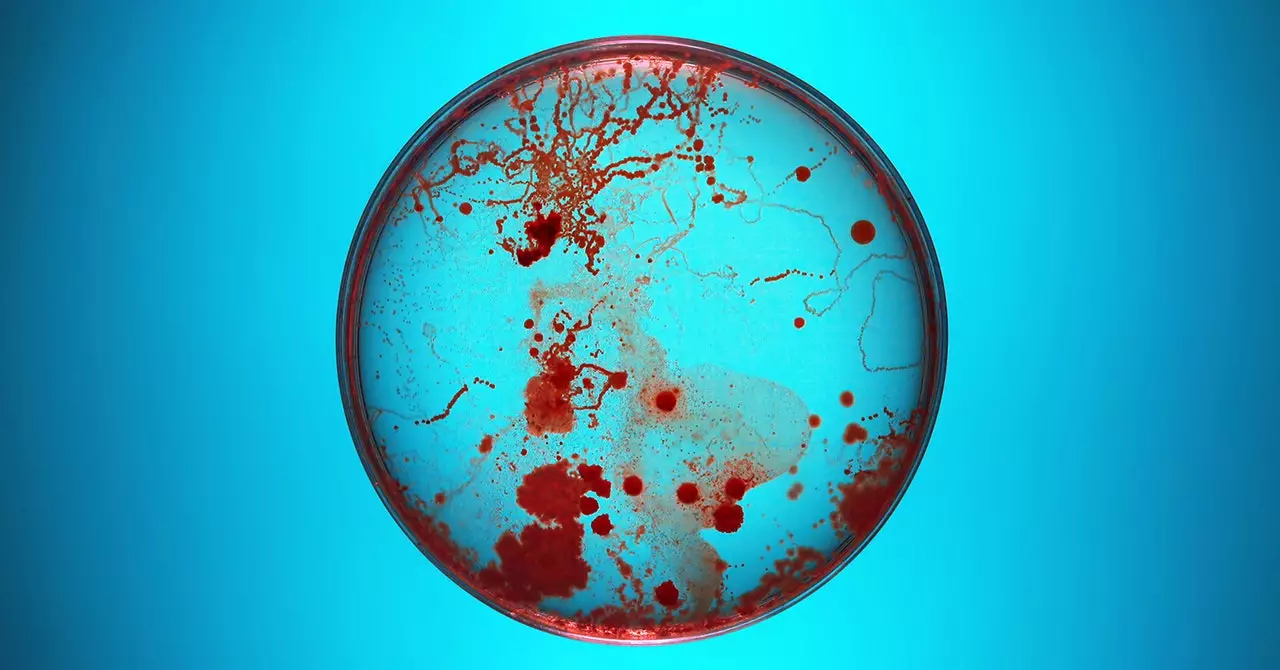As the world becomes more interconnected, the threat of biorisks looms larger than ever before. The convergence of biology and technology has opened up new possibilities for both natural pandemics and intentional biological attacks. The risks associated with biorisks are not limited to traditional infectious diseases but also extend to the deliberate misuse of biological agents for mass casualty events.
Impact of Covid-19
The recent Covid-19 pandemic served as a wake-up call to the vulnerabilities present in our society. Despite being a relatively mild virus compared to historical pathogens, Covid-19 wreaked havoc on global economies and healthcare systems. The pandemic highlighted the need for increased biosecurity measures and better preparedness against future pandemics, whether natural or engineered.
One of the greatest adversaries in the realm of biorisks is nature itself. The constant evolution of natural viruses presents an ongoing threat of viral pandemics. While Covid-19 had a relatively low infection fatality rate, more lethal viruses exist in nature. It is essential to remain resilient to both mild and severe pandemics by investing in preventative measures and rapid response capabilities.
Intentional Biological Attacks
In addition to natural threats, the rise of intentional biological attacks poses a significant challenge to global security. Groups and individuals with mass-casualty intent are increasingly turning to biology as a potential weapon. The accessibility of tools and raw materials necessary for conducting a biological attack has lowered the barrier to entry for malicious actors. The lack of stringent controls on these materials makes it easier for individuals to acquire the resources needed to carry out such attacks.
The emergence of AI technology has raised concerns about the potential misuse of biological tools by individuals without a strong background in biology. The availability of tools such as DNA synthesizers and scientific supplies on platforms like eBay makes it easier for non-experts to experiment with biological agents. Advances in AI could potentially bridge the gap in knowledge for those seeking to weaponize biology, posing a new set of challenges for biosecurity experts.
The threat of biorisks is a complex and multifaceted issue that requires careful consideration and proactive measures to address. From natural pandemics to intentional biological attacks, the evolution of biosecurity threats presents a growing challenge to global health and security. It is crucial for governments, organizations, and individuals to collaborate on enhancing biosecurity measures, investing in research and development, and building resilient systems to combat the growing threat of biorisks. Failure to do so could have catastrophic consequences for humanity as a whole.


Leave a Reply
You must be logged in to post a comment.